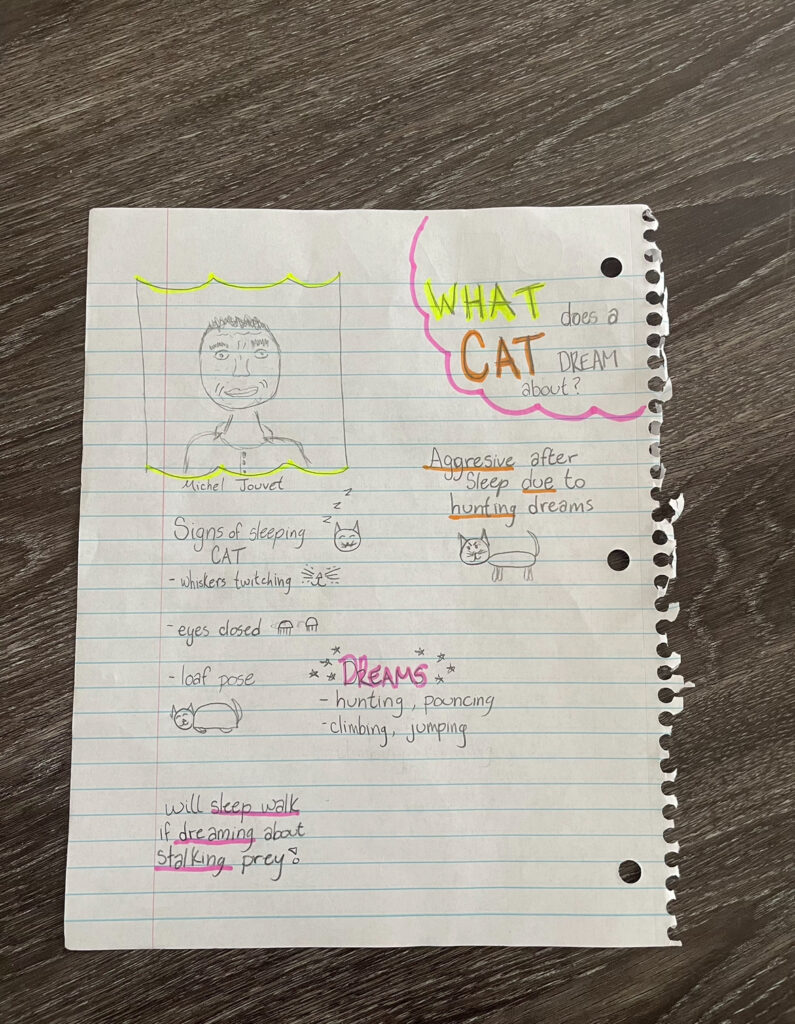- Embed either a photo of the sketchnote you created during class time

- How can the SAMR theory of technology adoption help you evaluate technologies that you might consider using in your classroom?

Substitution
– Technology is directly substituted for traditional methods with no functional change.
Ways to use this in the classroom – Teachers can use this in the classroom in very simple ways. For example, the teacher may have students use google docs to write the assignment rather than on paper. Teachers may also use video recordings for a lecture and then assess the students on the content from the video.
Evaluation – Does the technology replace the traditional tool in a simple form?
Augmentation
– Technology is also directly substituted for the traditional methods although has some functional improvements.
Ways to use this in the classroom – Teachers may implement this in order to change the function of the task. For example, the teacher may have students watch a video that stops throughout with mini quizzes on the content. Teachers may also use this function for assignment writing, like using a spell checker or shared documents.
Evaluation – Does the technology improve the students learning experience? Does to enhance engagement or support diverse learning?
Modification
– Technology is used for significant task redesign.
Ways to use this in the classroom – Teachers will use this as a more direct way of teaching. For example, students may be asked to analyze a video to where they are then asked to write an essay or answer essay type questions on the content. Teachers may also use this for students to peer review each others work.
Evaluation – How does the technology access change their learning? Does it encourage the students to take action to improve their performance?
Redefinition
– Technology is used for creating a new task that was previously inconceivable.
Ways to use this in the classroom – Teachers use this as a more independent study for students. For example, students may be asked to film a video for a certain subject like science experiment. Teachers may also ask students to create a website or e-portfolio where they can upload their work.
Evaluation – What new possibilities for learning could this technology provide? Does this technology promote new forms of creativity in learning?
Could sketch noting benefit learners in grade 2? If so how?

YES! Sketch noting is extremely beneficial for students in grade 2. Students at this age are still learning to read although are able to understand lots of visuals. Sketch noting is perfect for that as it combines both sentences and visuals as well as expands their developmental stage while encouraging learning through creativity and self-expression.
Ways their learning is enhanced
- Visual Stimulation – sketch noting is often filled with colourful visuals which captures students attention and keeps them engaged.
- Participation – drawing and simple notes helps students stay active in their learning.
- Retention – using both words and images concepts are reinforced.
- Simplification – sketch notes often simplify topics and make it easier for students at this age to understand the new concepts.
- Learning Styles – sketch notes aides different learning styles as it helps both visual learners and kinesthetics learners.
- Critical thinking – students are encouraged to express their ideas through visuals and simple words, as well as being able to be as creative as they would like.